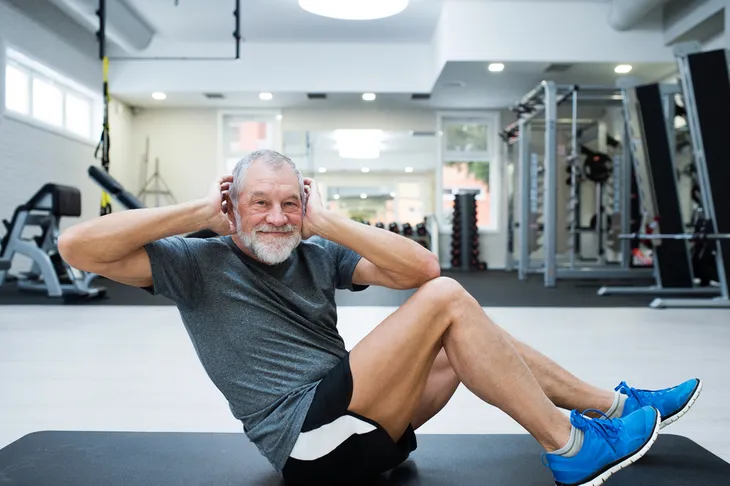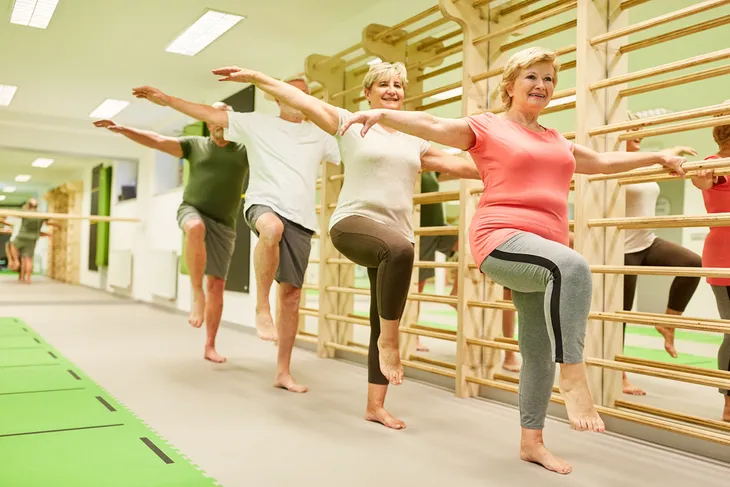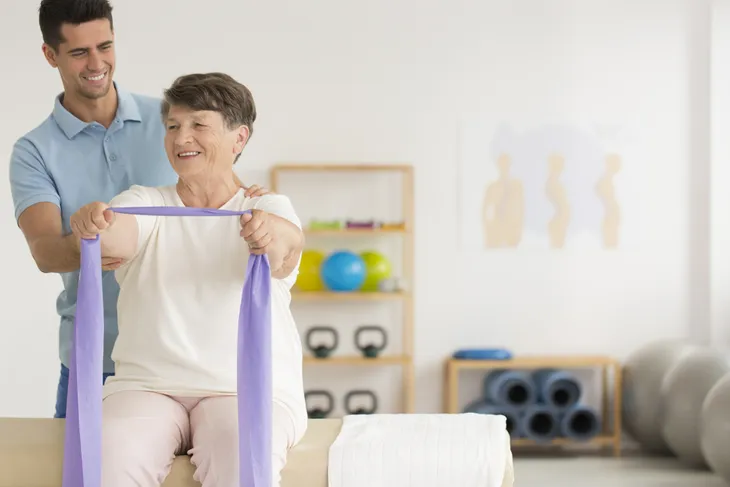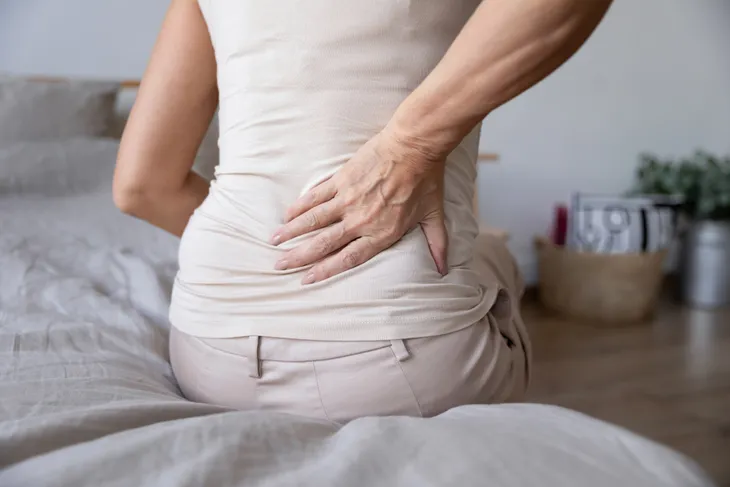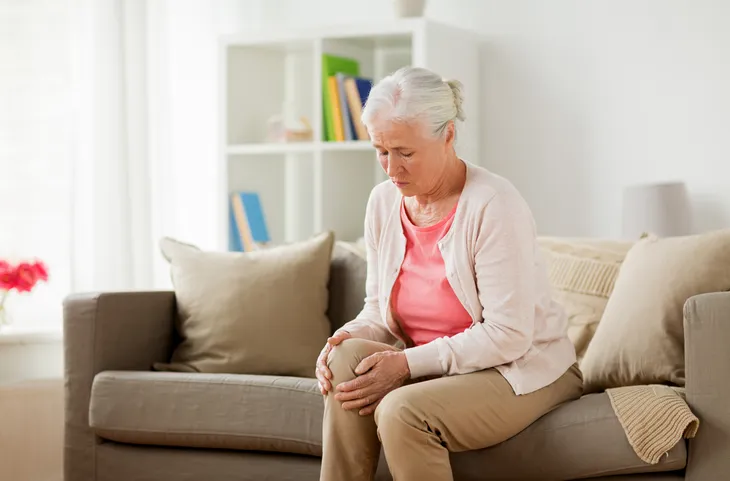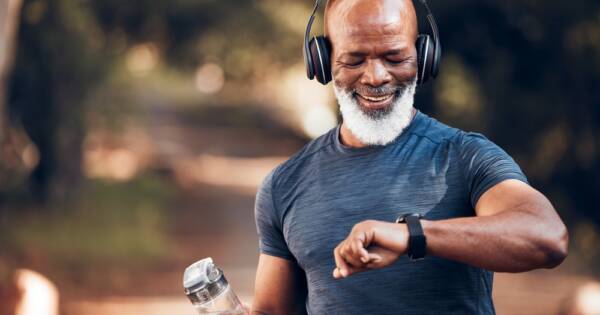When people are asked what part of their body they’d like to get into shape, most people will mention their core. It’s the foundation of our body. The best way to trim any excess weight is by strengthening the core. However, a strong core does more than just help with weight management! It improves balance, posture, reduces aches and pains such as the back, and will protect from future injury.
Building your core muscles will have big impacts and long-lasting effects. If you aren’t already working on them, now is the time to start! In this article we’re going to discuss the benefits of a stronger core, particularly for seniors, as well as a video to follow along with a seated core workout by Senior Fitness expert, Meredith Chen.
What is the Core?
The core is made up of several muscle groups:
- Rectus Abdominis: Also known as the abdominals, is a paired muscle running vertically on each side of the anterior wall of the abdomen.
- Internal and External Obliques: In the front and side of the abdomen. These are responsible for flexing the spine, lateral side bend the spine, and rotation of the spine.
- Transversus Abdominis: Muscles that run horizontally across the lower abdomen.
- Erector Spinae: A group of muscles and tendons which run the length of the spine on the left and right, from the sacrum and hips to the base of the skull.
- Psoas and Quadratus Lumborum Muscles: Located in the pelvis, the psoas is responsible for spinal flexion, hip flexion and unilateral side bending of the torso. The quadratus lumborum (QL) is located in the lower back on either side of the lumbar spine and is the deepest abdominal muscle. It starts at the lowest rib and ends at the top of the pelvis.
- According to some, the muscles around the scapulae (shoulder blades) and the gluteus muscles in the hips and buttocks are also a part of the core.
As you can see, they all work together to connect the body. These muscles are all essential to having good balance and stability, and to prevent falls and injuries that can occur. They stabilize the body and help with movement and agility. They allow you to walk or stand still with good balance and proper posture.
Benefits of a Stronger Core for Seniors
Better Balance & Coordination
Core exercises train the muscles in your pelvis, lower back, hips, and abdominal area to work together. They stabilize the body. This leads to better balance, coordination, and stability.
“Core strength is intimately related to balance, because you need good stability at your core to have safe and effective movement at the hip, knee, and ankle,” says Kailin Collins who is a physical therapist at Harvard affiliated Massachusetts General Hospital. She goes on to say, “If your core isn’t strong or stable, it will be impossible for the arms and the legs to move well.” So think about if you have a weak core, or you neglect to work these areas of the body. The everyday tasks of walking, bending, turning, getting dressed, and even bathing become impossible to do in some cases.
Improve Posture
If the core is weak, we have a tendency to slouch or lean forward. The spine can stretch and compress in areas, leading to wear and tear and pain. This also helps with one’s breathing ability. (Here are some more Tips for Perfect Posture).
Back Pain Prevention
Back pain, primarily in the lower back, affects four out of five Americans sometime in their lives, according to a Harvard Medical School study. Strengthening the core can help promote well-balanced and strong muscles, improve posture, and strengthen the spine.
Protection from Injury
A strong core will help reduce the risk of straining the back during everyday activities. Strengthening your abdominal muscles will reduce pressure put on other areas of the body such as the knees and the hips. (Here are some more Exercises That Help Prevent Falls in Seniors).
Seated Core Workout for Seniors
In this beginner level workout, we will work the core in every way while staying seated for the entire workout. We will target the abdominals, obliques, and lower back areas. Your trunk area!
This workout is one that can be done every day, along with the other workouts you do. And weight can be added to make it even more challenging.
For more videos by Meredith, check out Senior Fitness with Meredith.

